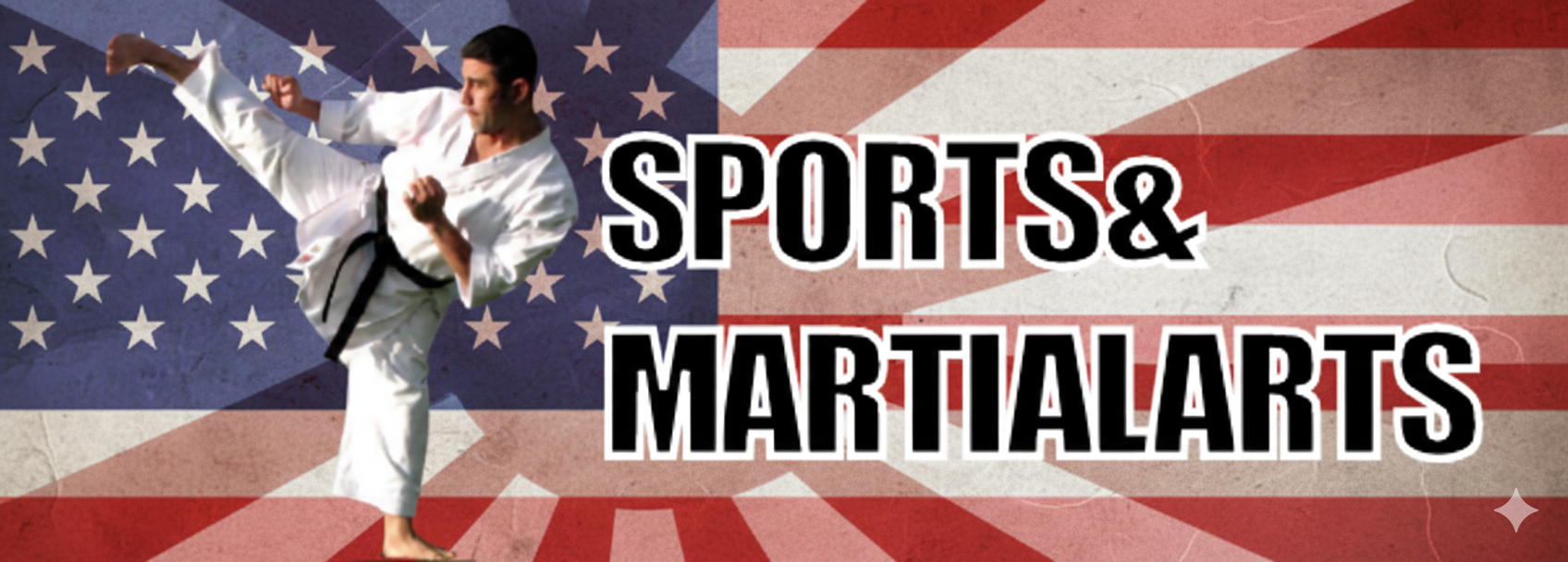Contents
Gastrocnemius Stretch
Gastrocnemius Stretch: Relieve Calf Tightness and Improve Mobility
The gastrocnemius muscle, located in the upper part of your calf, plays a crucial role in walking, running, jumping, and overall lower body movement. If you’ve ever experienced tightness in your calves after a workout or a long day on your feet, it’s likely due to this muscle. The Gastrocnemius Stretch is an essential exercise to relieve tension, prevent injury, and enhance overall mobility.
As someone who’s spent years training in martial arts and fitness, I can say that calf flexibility is often overlooked—until it becomes a problem. Incorporating this stretch into your routine will not only improve performance but also support healthy, pain-free movement.
Benefits of the Gastrocnemius Stretch
- Increases calf flexibility, which is essential for full ankle range of motion
- Improves performance in sports, running, and martial arts by allowing deeper lunges, squats, and kicks
- Prevents injuries such as calf strains, Achilles tendonitis, and plantar fasciitis
- Reduces soreness and stiffness after intense physical activity
- Supports better balance and stability, especially during dynamic movements
Recommended Sets and Frequency
Aim for 2 to 3 sets of 20 to 30 seconds per leg. You can perform this stretch daily, especially after physical activity or long periods of standing or walking.
Step-by-Step Guide to the Gastrocnemius Stretch
- Stand facing a wall: Place both hands on the wall at shoulder height.
- Step one leg back: Extend your right leg straight behind you while keeping your heel flat on the ground. Bend your front leg slightly.
- Keep your back knee straight: This is key to targeting the gastrocnemius muscle specifically.
- Lean forward gently: Press your hips toward the wall until you feel a stretch in your upper calf of the back leg.
- Hold the stretch: Maintain the position for 20 to 30 seconds, then switch sides.
- Repeat for 2–3 rounds per leg.
Variations of the Gastrocnemius Stretch
- Wall Stretch (Bent Knee for Soleus): If you slightly bend the back knee, you’ll shift the stretch to the soleus, the deeper calf muscle. This is great for a complete calf stretch.
- Stair Stretch: Stand on the edge of a step with your heels hanging off. Lower one heel down until you feel a stretch in your calf.
- Resistance Band Stretch: Use a resistance band or towel around the ball of your foot while seated. Gently pull the foot toward you to stretch the calf without standing.
- Downward Dog Pose: A yoga-inspired variation that stretches both calves at once while improving hamstring flexibility.
Tips and Recommendations
- Warm up first: Do some light cardio or dynamic leg swings before static stretching to improve effectiveness and reduce risk.
- Don’t bounce: Keep your movements controlled. Bouncing can cause microtears and strain.
- Listen to your body: A good stretch should feel deep but not painful. Ease off if you feel sharp discomfort.
- Stay consistent: Daily stretching, especially post-exercise, will yield the best results over time.
The Gastrocnemius Stretch is more than a quick cool-down move—it’s a valuable tool for long-term joint health, injury prevention, and functional movement. Whether you’re an athlete, martial artist, or someone just looking to stay active and pain-free, stretching your calves regularly will help you move better, recover faster, and train harder.
Follow our Social Media!












